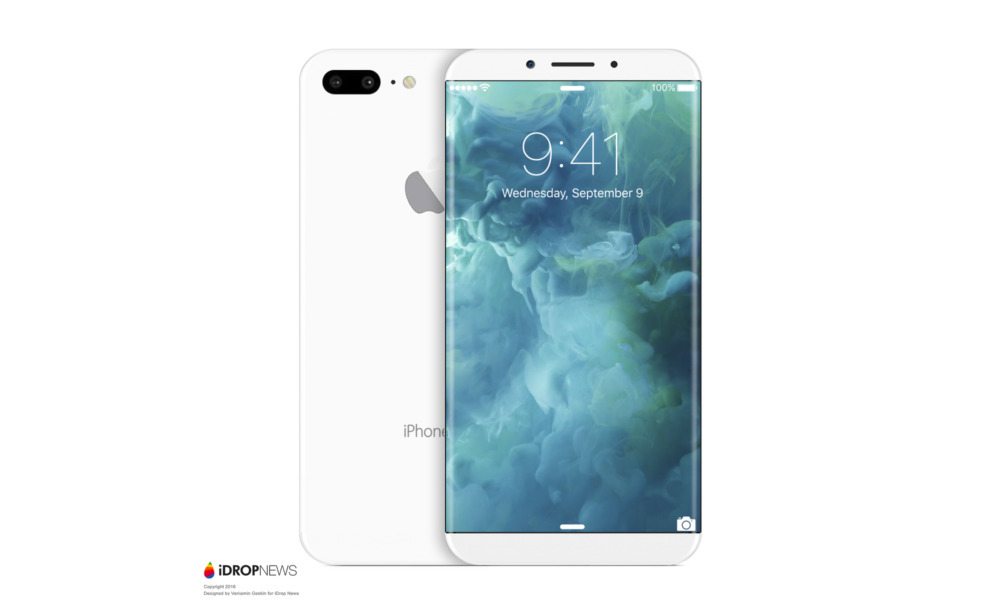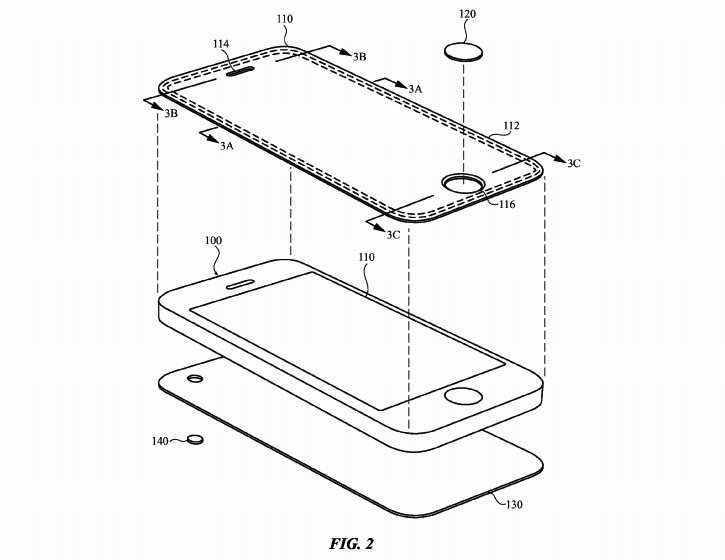Future iPhones Could Be Made with High-End ‘Sapphire Ceramic’, New Apple Patent Suggests

Toggle Dark Mode
Apple’s 10th anniversary iPhone lineup is largely expected to feature glass construction in order to allow for the device to be charged wirelessly.
Of course, maybe “glass” isn’t quite the right word, if a new Apple patent published Thursday is any indication. The patent, titled “Laser Polishing Ceramic Material,” explains a way to polish ceramic components using lasers — and hints at the material being used for the iPhone’s construction.
While the word “ceramic” might bring to mind pottery or china, the ceramic that Apple is talking about in the patent is likely to be very different. In particular, the ceramic components mentioned “may be formed from a transparent ceramic material, such as sapphire, zirconia or other similar material.”
Sapphire, also known as corundum, is a hard and strong material that is very hard to scratch — and is already used in certain Apple components. While the patent states that sapphire is a good alternative to materials such as polycarbonates, manufacturing sapphire components in high volumes is difficult — particularly polishing the material, hence the laser-method described in the patent.

While the laser-polishing method is itself an innovative invention, what’s particularly interesting about the patent can be seen in one of the figures — which pretty clearly shows an iPhone. According to the patent, the phone in the figure not only features a sapphire display, but also a rear casing, home button and camera lens also made out of sapphire ceramic. A device of this nature would be durable and scratchproof, and likely wouldn’t even need any aftermarket protective casing.
Unfortunately, there’s some evidence to suggest that a mass-produced iPhone with this much sapphire ceramic in it isn’t even possible. Due to Apple’s already established infrastructure, switching to a completely new material for all iPhone models would be unlikely.
On the other hand, an Apple patent published by the U.S. Patent & Trademark Office in August 2016 describes a way to coat glass with a tough, sapphire coating. That patent also strongly suggests that the method would be used in OLED displays — which the 2017 iPhone is expected to have. Additionally, quite a few rumors have suggested that the “Ferrari” iPhone 8 will be a high-end device released alongside a more traditional lineup, lower-end devices that may use a more feasible material in their construction.
As with all Apple patents, there’s no guarantees or promises about the technology described within. The sapphire ceramic iPhone might just be a proof-of-concept. Interestingly, however, the patent was filed for in July 2015, suggesting that Apple has, at the very least, been exploring using ceramic components for its phones for a few years now.






